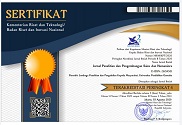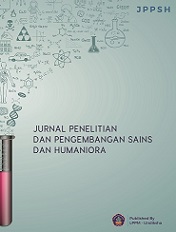Komunikasi Antarpribadi Pasangan Suami Istri Bahagia Studi Interaksi Simbolik pada Pasangan Suami Istri
DOI:
https://doi.org/10.23887/jppsh.v4i2.27222Keywords:
Symbols, Marriage, Verbal, Non-VerbalAbstract
This study aims to find out verbal symbols in happily married couples and non-verbal symbols in happily married couples. This study uses the theoretical basis of the Symbolic Interaction of George Herbert Mead, Leslie A. Baxter's Dialectical Relationship Theory, and Sandra Petrinio's Communication Management Privacy Theory.This study uses a qualitative approach with a constructivist paradigm and the subject of the study is interpersonal communication among happily married couples in Bandung. The data collection process was obtained through in-depth interviews and direct observation of informants. The results showed that interpersonal communication among happily married couples included two symbols, verbal and non-verbal. Both of them include support of the partner's expectations, giving time to be together with a partner, not easy to be suspicious of a partner, hugging, kissing, and always smiling at a partner and never refusing sex. All of these things will make a happier marriage relationship.
Downloads
Published
Issue
Section
License
Authors who publish with the Jurnal Penelitian dan Pengembangan Sains dan Humaniora agree to the following terms:
- Authors retain copyright and grant the journal the right of first publication with the work simultaneously licensed under a Creative Commons Attribution License (CC BY-SA 4.0) that allows others to share the work with an acknowledgment of the work's authorship and initial publication in this journal.
- Authors are able to enter into separate, additional contractual arrangements for the non-exclusive distribution of the journal's published version of the work (e.g., post it to an institutional repository or publish it in a book), with an acknowledgment of its initial publication in this journal.
- Authors are permitted and encouraged to post their work online (e.g., in institutional repositories or on their website) prior to and during the submission process, as it can lead to productive exchanges, as well as earlier and greater citation of published work. (See The Effect of Open Access)









